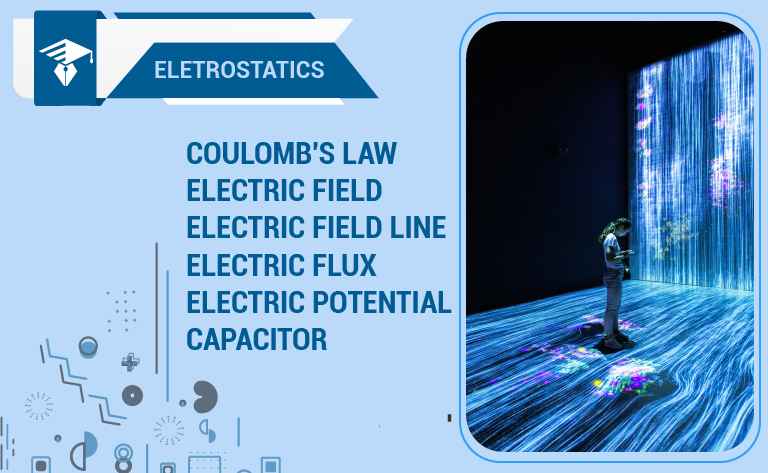What is Static Electricity?-Definition, Static Charge, Prevention, And Examples
An imbalance of electric charges on the surface of a material or between materials is called static electricity. The charge stays until it can be moved away by an electric current or electrical discharge.
What is static electricity?
The difference between the positive and negative electric charges on a body is referred to as static electricity. Physical means are used to introduce the charge’s imbalance. The contact between solid objects is one of the most common causes of static electricity.
What is Static Charge?
A static electric charge can be created whenever two surfaces contact and have worn and separated, and at least one of the surfaces has a high resistance to electric current and is, therefore, an electrical insulator.
The effects of static electricity are familiar to most people because they can feel, hear, and even see the spark as the excess charge is neutralized when brought close to a large electrical conductor or a region with an excess charge. An electrostatic discharge is caused by the neutralization of a charge.
Electrostatic discharge
The spark associated with static electricity is caused by electrostatic discharge, or simply static discharge, as the excess charge is neutralized by a flow of charges from or to the surroundings. The sensation of an electric shock is caused by the stimulation of nerves as the neutralizing current flows through the human body.
Depending on the size of the object and its capacitance, the voltage to which it is charged, and the dielectric constant of the surrounding medium, the static electricity stored as static electricity on an object varies.
In order to model the effect of static discharge on sensitive electronic devices, a human being is represented as a Capacitor of 100 Picofarads, charged to a voltage of 4,000 to 35,000 volts. The total energy discharged when touching an object is small, but it can still damage sensitive electronic devices. The larger the object, the more energy it can hold, which can be hazardous to human contact or cause a spark that can ignite flammable gas or dust.
Prevention of Static Charge
It is possible to remove or prevent a build-up of static charge by opening a window, using a humidifier, or using an air ionizer. An anti-static agent can be used to treat items that are sensitive to static discharge, such as fabric softeners and dryer sheets.
Semiconductor devices are particularly susceptible to static discharge. The antiStatic bags are used to protect the components. People who work on circuits that contain these devices ground themselves with an anti-static strap.
Static Charge Examples
When nylon is rubbed against some other fabric or against the skin of a person, static electricity forms. There are some more examples of static charge
- Rubbing a Rod with a Cloth
- Television Screen
- Winter Wear
- Photocopier
- Balloon Party Trick






Leave a Reply